Native Trees, Shrubs, Herbaceous Perennials – Shop Now, Farm Pickup
|
Ecological shifts from climate change are occurring more rapidly and significantly than forests can adapt. The unnatural speed of change demands active, large-scale planting of a biodiverse selection of climate-resilient tree species capable of adapting to the changing environment. The U.S. Forest Service’s Climate Change Tree Atlas is a great tool to help us understand what species are more or less resilient to these changes, and what new species might thrive as habitats shift. The Tree Atlas model evaluates the habitat suitability, migration potential, and characteristic traits for over 125 species native to the Eastern U.S. Two future climate scenarios – a high and a low case – are used to test tree species’ adaptability to their native range and possible new habitat that could emerge. Results can be filtered by ecoregion, watershed, urban area, and map grid.
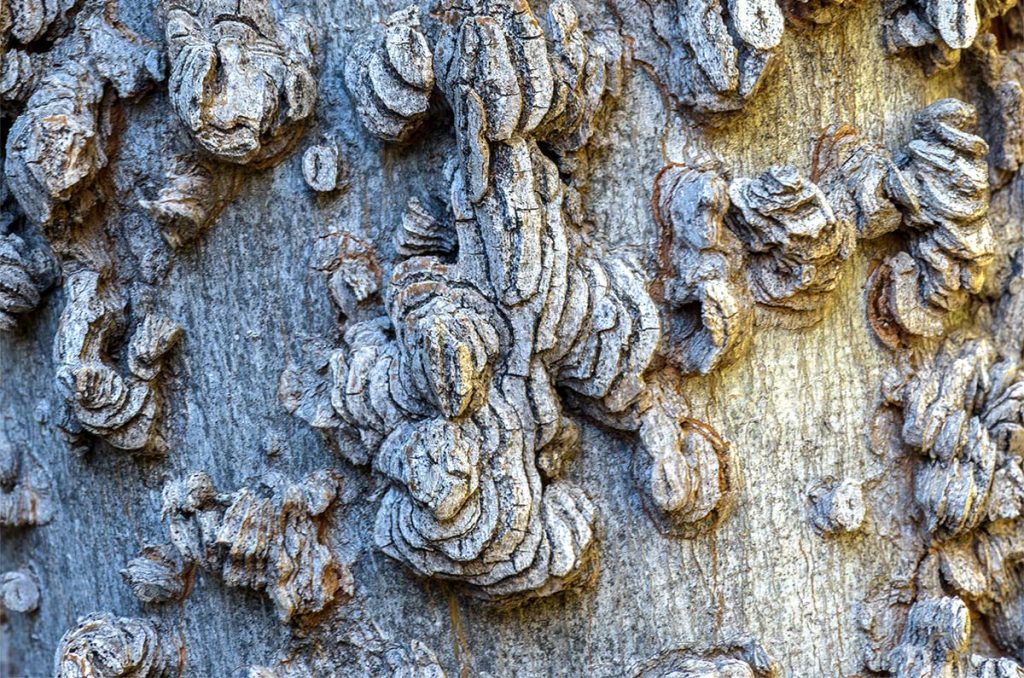
Understanding what tree species will adapt best as ecological zones shift from climate change will help us steward farms and forests for a resilient future. We applied the Tree Atlas to our area – the Berkshire-Taconic region – to help inform what we plant on our farm and what we offer for sale from our nursery, now and in the future. The map below delineates the precise coordinates of the area we analyzed with the Tree Atlas.
Interpreting the outputs of the Tree Atlas model requires a good understanding of the nuances of the region. The Berkshire-Taconic region spans from the Hudson River to the Taconic Mountain range of eastern New York and the Berkshire Mountains of western Massachusetts, up to the southern Green Mountains of Vermont and down to the northwest corner of Connecticut. The area ranges in elevation from sea level at the Hudson River to nearly 3,500 feet at Mt. Greylock. It includes important farmland at the lower elevations close to the Hudson and in other smaller river valleys, along with a large amount of contiguous forest land that provides an important wildlife corridor connecting the Catskills to the Berkshires and up into the Green Mountains. Check out this short video from our friends at the Columbia Land Conservancy.
Trees With Good Climate Adaptability – Berkshire Taconics | |
| Common Name | Scientific Name |
| boxelder | Acer negundo |
| red maple | Acer rubrum |
| silver maple+ | Acer saccharinum |
| sugar maple | Acer saccharum |
| mockernut hickory+ | Carya alba |
| bitternut hickory | Carya cordiformis |
| pignut hickory+ | Carya glabra |
| shagbark hickory+ | Carya ovata |
| hackberry+ | Celtis occidentalis |
| eastern red cedar+ | Juniperus virginiana |
| tulip poplar+ | Liriodendron tulipifera |
| eastern hophornbeam; ironwood | Ostrya virginiana |
| sycamore+ | Platanus occidentalis |
| white oak+ | Quercus alba |
| chestnut oak+ | Quercus prinus |
| northern red oak | Quercus rubra |
| black oak+ | Quercus velutina |
| sassafras+ | Sassafras albidum |
| American basswood | Tilia americana |
Trees With Poor Climate Adaptability – Berkshire Taconics | |
| Common Name | Scientific Name |
| balsam fir | Acer negundo |
| striped maple | Acer pensylvanicum |
| mountain maple+ | Acer spicatum |
| serviceberry | Amelanchier spp. |
| yellow birch+ | Betula alleghaniensis |
| sweet birch | Betula lenta |
| river birch+ | Betula nigra |
| paper birch+ | Betula papyrifera |
| gray birch+ | Betula populifolia |
| American hornbeam+ | Carpinus caroliniana |
| black ash+ | Fraxinus nigra |
| eastern tamarack (native) | Larix laricina |
| red spruce | Picea rubens |
| pitch pine | Pinus rigida |
| eastern white pine | Pinus strobus |
| equaking aspen | Populus tremuloides |
| pin cherry | Prunus pensylvanica |
| swamp white oak | Quercus bicolor |
| bur oak | Quercus macrocarpa |
| pin oak | Quercus palustris |
| black willow | Salix nigra |
| American mountain-ash | Sorbus americana |
| eastern hemlock | Tsuga canadensis |
Non-Endemic Trees, Good Future Habitat – Berkshire Taconics | |
| Common Name | Scientific Name |
| pawpaw | Asimina triloba |
| eastern redbud | Cercis canadensis |
| common persimmon | Diospyros virginiana |
| sweetgum | Liquidambar styraciflua |
| shortleaf pine | Pinus echinata |
| Table Mountain pine | Pinus pungens |
| loblolly pine | Pinus taeda |
| Virginia pine | Pinus virginiana |
| southern red oak | Quercus falcata |
| blackjack oak | Quercus marilandica |
| willow oak | Quercus phellos |
| post oak | Quercus stellata |
Some considerations to keep in mind when interpreting results from the Tree Atlas in your region:

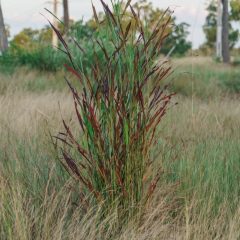

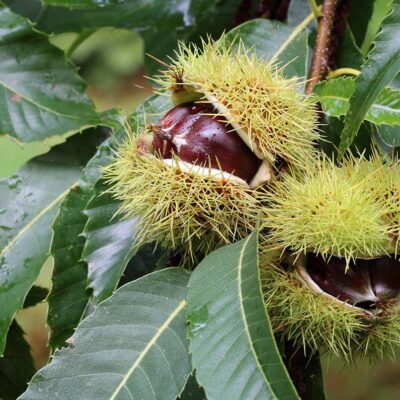
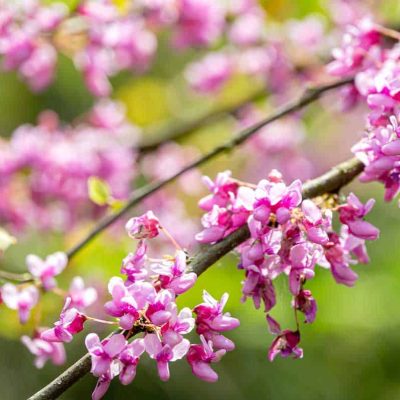

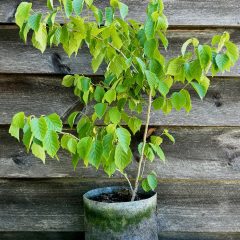
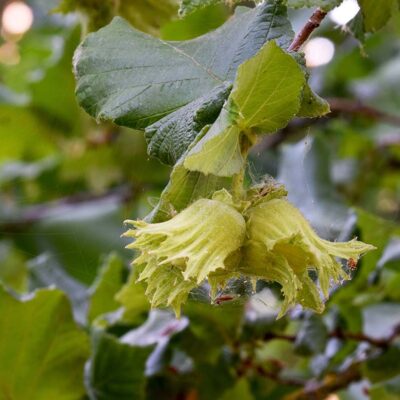


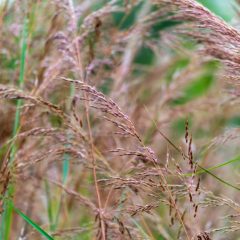


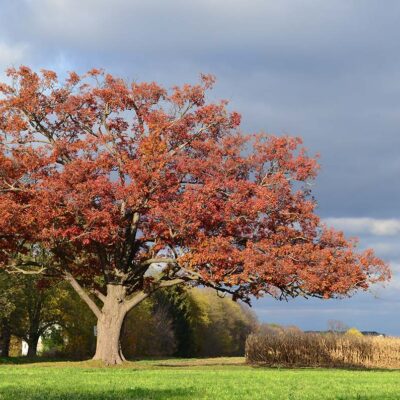
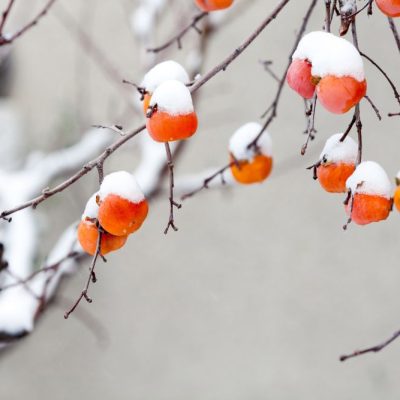

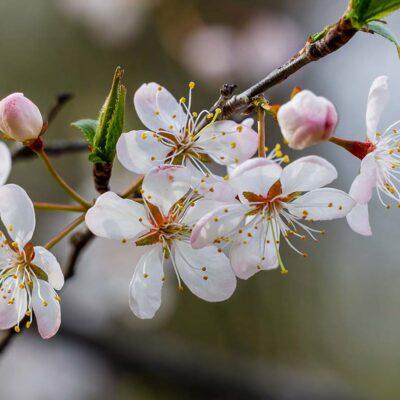
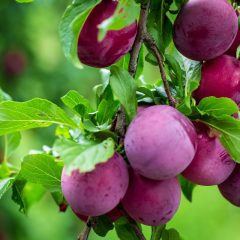
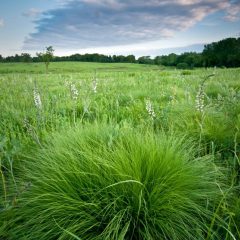
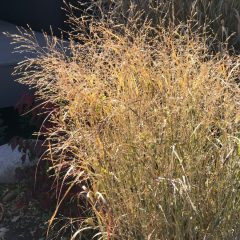
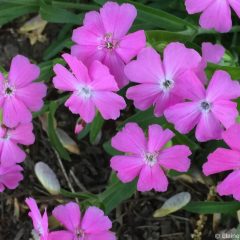
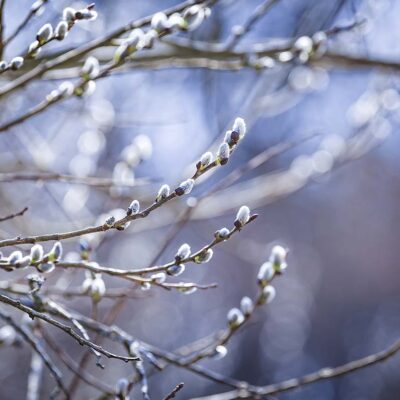

Find out more about our approach to farming and land stewardship.